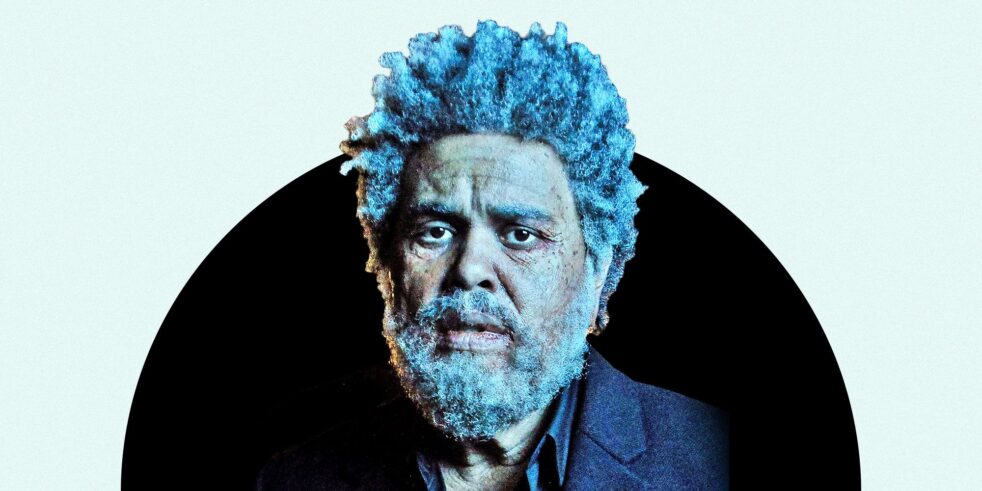Our Take: 5/5 Stars
The Weeknd’s fifth studio album, “Dawn FM,” sees Abel Tesfaye further open up on debaucherous lifestyle and shows signs of fear atop the euphoric 1980’s R&B sound he introduced on “After Hours.”
With another number 1 debut on the Billboard charts, this is the Canadian R&B artist’s fourth consecutive album to achieve this feat.
The Weeknd was discovered in the Canadian underground, making dark songs centered around a debaucherous lifestyle.
As he has risen in fame, the antihero seemed to trade his authenticity for the mainstream success seen in “Starboy” and “After Hours.”
With “Dawn FM”, Tesfaye reflects on his past for what seems to be one last time before he goes towards the light.
This further adds to the narrative that “Dawn FM” is the second album in another trilogy.
Initially hinting at the album May 2021 in an interview with Variety, he mentioned, “If the last record is the after-hours of the night, then the dawn is coming.”
In an interview with Billboard, The Weeknd provides insight into the album’s theme.
“They’re [the listener] stuck in this purgatory state, which I always imagined would be like being stuck in traffic waiting to reach the light at the end of the tunnel,” he said. “And while you’re stuck in traffic, they got a radio station playing in the car, with a radio host guiding you to the light and helping you transition to the other side. So it could feel celebratory, could feel bleak, however, you want to make it feel, but that’s what the dawn is for me.”
Narrated by Jim Carrey, who serves as a guide, between-worlds radio announcer, “Dawn FM” introduces dark heavy tones additional to the tracks that ground the listener.
This heavy environment puts the sound of the album into focus. Tesfaye worked towards keeping the album upbeat retro-funk vibe alive. He started writing during the pandemic, and urged to create something that sounded like the opposite of being stuck inside, telling Billboard, “I wanted to make music I thought sounded like going outside — I was obsessed with that feeling.”
He executive produced the album alongside pop powerhouse Max Martin and experimental electronic musician Daniel Lopatin. They found a nice balance with Martin’s more polished and pleasing effects complementing Lopatin’s erratic tendencies. With additional production from Calvin Harris, Swedish House Mafia and Oscar Holter, this XO artist had a sonically tight, star-studded production.
It is difficult to talk about “Dawn FM,” without mentioning Tesfaye’s unprecedented success with “After Hours.” “After Hours” received record-breaking fanfare but more importantly resonated with listeners and inspired several successful pop songs. Comparing the power of any individual song from “Dawn FM” to “Blinding Lights,” “Save Your Tears” and “In Your Eyes” is difficult.
Although there are no particular stand-out tracks from “Dawn FM,” the album is a much more pleasant, cohesive listen with wonderful storytelling and a more polished sound that was introduced in “After Hours.”
Ultimately “Dawn FM” feels like the first steps on a journey for The Weeknd to find peace with himself and his past; perhaps we will see the light of day soon.
